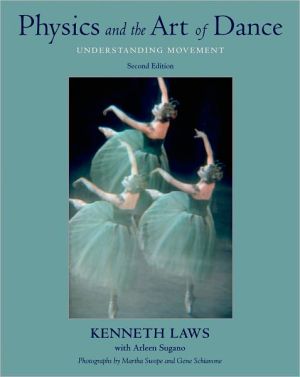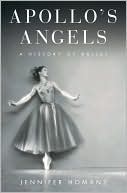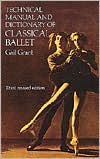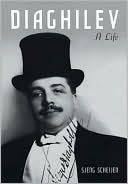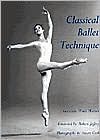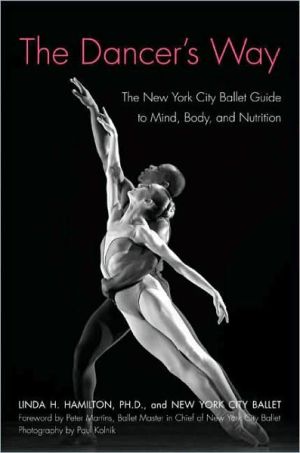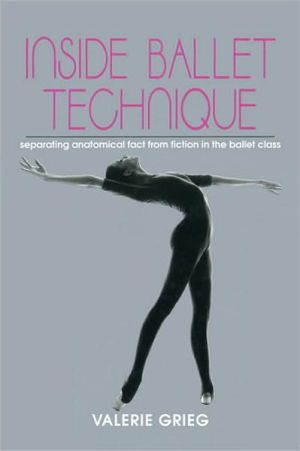Physics and the Art of Dance: Understanding Movement
Physics and the Art of Dance gives all who enjoy dance - whether as dancers, students, teachers, or fans - an opportunity to understand what happens when human bodies move in the remarkable ways we call dance. How, for instance, do dancers create the illusion of defying gravity? Or of starting to spin when in the air with no source of force to act on their bodies? You may observe some dancers using their arms in a way that allows some to jump higher than others. What is that technique, and...
Search in google:
Physics and the Art of Dance gives all who enjoy dance - whether as dancers, students, teachers, or fans - an opportunity to understand what happens when human bodies move in the remarkable ways we call dance. How, for instance, do dancers create the illusion of defying gravity? Or of starting to spin when in the air with no source of force to act on their bodies? You may observe some dancers using their arms in a way that allows some to jump higher than others. What is that technique, and why does it work? In this second edition, author Ken Laws - a physicist with years of professional dance training - teams with veteran dance instructor Arleen Sugano to provide new step-by-step experiments for dancers. "What you see" sections describe the way physical principles form the framework within which some movements exist. The complementary "What you do" sections allow dancers to experience how those physical analyses can provide them a more efficient means of learning how to carry out those movements. Throughout, the book shows how movements are first artistic expressions, and secondly movements of the body within the framework of easy-to-understand physical principles. Dancers and dance instructors will find in this book an efficient means of improving technical proficiency and growing professional and aesthetic development. For physics and science teachers, the book provides a new and compelling way to draw people into the world of science. And observers and fans of dance will marvel over the beautiful time-stop photography by renowned dance photographers Martha Swope and Gene Schiavone.
Foreword Martha Swope Swope, Martha1 Introduction 22 Balance 183 Motions without Turns 364 Pirouettes 665 Turns in the Air 1046 The Pas de Deux 1247 The Mechanics of Partnered Turns 1468 The Mechanics of Lifts 1649 The Effects of Body Size 18610 A Step into the Future 200App. A Linear Mechanics and Newton's Laws 207App. B Rotational Mechanics 214App. C Anatomical Data for Dancers 219App. D Rotational Inertia for Some Body Configurations 221App. E Acceleration Away from Balance 226App. F Off-Balance Pirouettes 231App. G Arabesque Turn Analysis 234App. H Quantitative Analysis of the Grande Pirouette 239App. I Quantitative Analysis of the Fouette Turn 243App. J Quantitative Analysis of the Supported Fouette Turn 245App. K Lean, Don't Slip 248App. L Biomechanical Forces in a Dancer's Body 254Glossary 256Index 261
